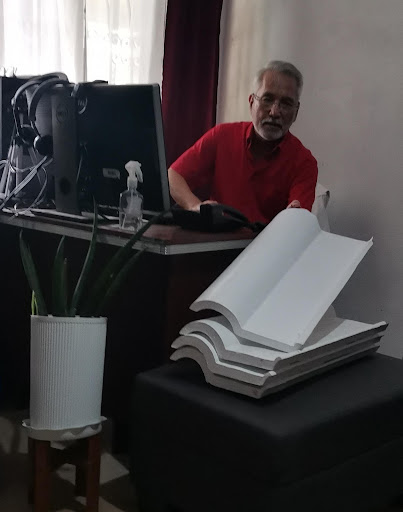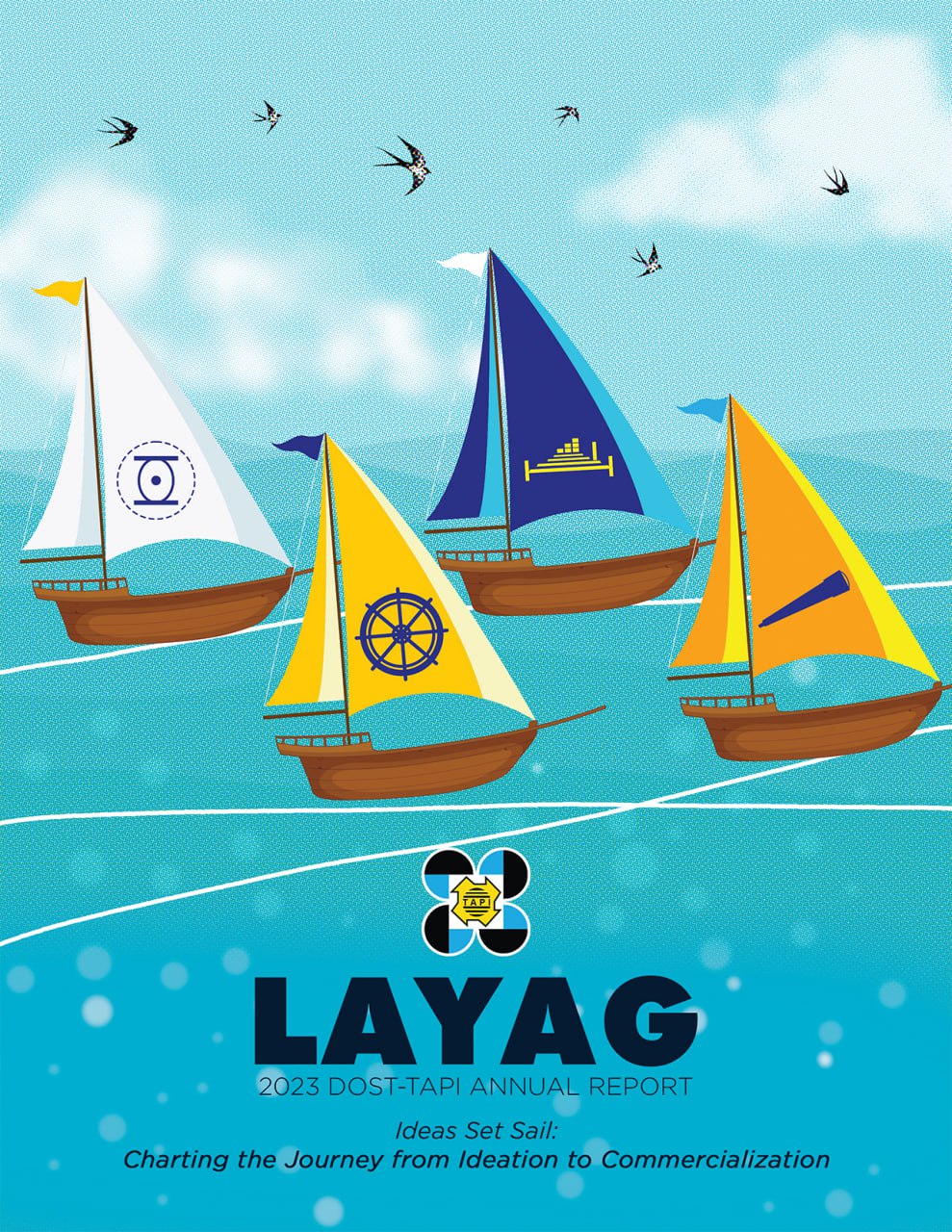- Details
By: Fidel Feria
Roy Nacua first encountered DOST-TAPI by joining the Regional Invention Contest and Exhibits in Cebu. Upon learning of the different invention programs by the agency, he applied for an Intellectual Property (IP) rights assistance to secure his IP assets. He then received a concept prototyping grant for his waste-based construction blocks and another grant for laboratory testing and analyses. Afterwards, he field and market tested his innovation through the Invention-based Enterprise Development (IBED) Program.
An important question for curious inventor Roy Nacua has always been: how can this be done or executed better? His foundation for curiosity can be traced back to her mother’s hometown in Carcar, Cebu.
“My mother was a public school teacher in our hometown,” he said. “At home, we at an early age were exposed to books… [and] science was one of my favorite subjects.”
His enthusiasm for science led him to admire great minds and inventors such as Albert Einstein and appreciate his science teachers.
“They give you inspiration as a kid. Unconsciously, you develop an interest in the things around you. And you’d wonder if a Filipino could do something better in a local environment. You’d ask if there could be a better way to do it? It’s how I [came to] view things.”
These questions would stay within him.
After he completed his elementary and high school education, Roy studied industrial engineering at Colegio de San Jose-Recoletos. Even though his course concentrated more on the management side of things, his passion for innovation never left him.
“Deep in me in those days, I already had that passion to innovate, how to do things better. We had one subject called methods engineering. In methods engineering, [we] focused on finding ways in a more economical, less expensive way. So that’s how things [developed]...”
Upon earning his degree, his transition into the workforce was swift and productive. At a Cebu-based furniture manufacturer, he had fruitful stints as production supervisor and plant manager until he became head of research and development. It was while manning this important position that he deployed his innovation to years-long success.
Roy was able to identify a problem: the material they have been sourcing abroad was expensive, so he took it on himself to find a local, more affordable raw material for their products. He then discovered that pakol—a fish that to many Cebuanos is a delicacy—has usable skin that is routinely disposed at marketplaces. He researched more about pakol skin, which led to its use in their production. His curiosity—how can this be better—led to their increased product orders and sales in the mid-1990s.
He left his company after 13 successful years. Never one to rest on his laurels, he kept himself busy.
In 2017, at the encouragement of his friends, Roy entered Department of Science and Technology - Technology Application and Promotion Institute’s (DOST-TAPI) Regional Invention Contest and Exhibits (RICE) for the first time. The results surprised him: his construction block made from waste (EPS) won the Likha Award for Creative Research. His victory led to a prototyping grant from DOST-TAPI to further develop his invention towards its commercial and industry-grade version.

Inventor Nacua during the awarding ceremony of the 2017 RICE where he won the LIKHA Award for Creative Research. (Image source: DOST Region 7 website)
- Details
By: Patricia Esteban
Inspired by his family’s construction business, Reynaldo Cruz invented his roof tile prototype. He became a beneficiary of DOST-TAPI’s Concept Prototyping Program, which provides assistance in the prototyping of a potential invention. Inventor Cruz also availed of the agency’s Testing Analyses Assistance and Industry-Based Invention Development (IBID) Program to prepare his invention’s eventual commercialization.
For some people, passion and profession are two very distinct things. One is something where our heart is, while the other is something where our mind is.
Choosing between the two isn’t always an easy decision, but for Reynaldo Cruz, he chose to go after his passion, without question. As a student, he spent long nights doing research and years of trying to put his thoughts into words. But instead of using his knowledge into practice, he used all these to do something bigger than what he had always imagined.
Building the foundation
It all began when his father opened a construction business. Although taking up an undergraduate degree in education at the time, Reynaldo grabbed every chance to work side by side with his father—following him wherever he went, climbing rooftops even with his fear of heights, and looking for solutions to unexpected problems. His father, who he considers as his “pakpak sa likod,” has become a part of his decision-making.
Little did he know that his curiosity in construction would sprout his greatest invention: a roof tile prototype. This is a tile designed to produce good-quality roof tiles that can be customized to address potential roofing problems.
The idea came to him when he noticed that the main problem they encountered after a construction project was with the roof. So his father asked him to come up with a solution to fix this issue. And so he did.
Looking for ways to climb the ladder of success
Reynaldo used his background in education to put theory into practice, do numerous research, and study all the necessary information.

Despite the pandemic, inventor Reynaldo Cruz continues researching and testing his invention. (Image source: Inv. Reynaldo Cruz)












